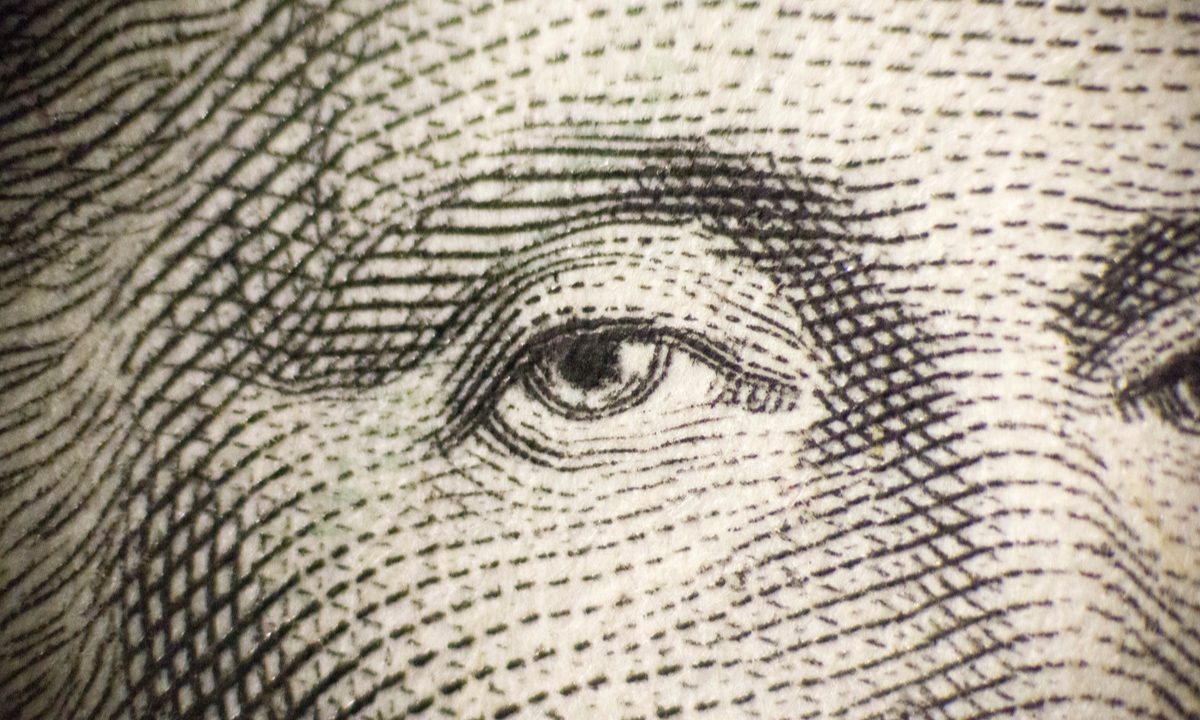Fed’s Beige Book Sees Economic Headwinds and a Main Street Slowdown

The Federal Reserve’s Beige Book offers a qualitative take on the state of the business realm, with an eight-times-a-year survey of banks and enterprises.
The survey is broad — and it is comprehensive, too, spanning the 12 Federal Reserve districts that cover the nation.
And as to the state of things: There was a slight uptick in economic activity, at least as measured from the end of May.
But things are slowing.
Breaking things down a bit, five districts reported growth, five said there was no growth, two districts (San Francisco and Philadelphia) reported declines.
“Reports on consumer spending were mixed; growth was generally observed in consumer services, but some retailers noted shifts away from discretionary spending,” said the report. And in the meantime, as the Fed said, “wages continued to rise, but more moderately.”
Perhaps no surprise as summer’s in full swing, the report detailed that tourism and travel activity was “robust, and hospitality contacts expected a busy summer season.”
Slow Growth in Sight
Then there’s this takeaway.
“Overall economic expectations for the coming months generally continued to call for slow growth,” the Fed disclosed.
New York, as a district, offers some glimpse into banking and into the financing of businesses. Conditions in the broad finance sector continued to “deteriorate,” as the Beige Book said, adding that regional banks reported ongoing declines in loan demand, tighter credit conditions, and narrowing loan spreads.
There may be some red flags in the auto sector, we note, as the survey found that in this sector, delinquency rates edged up. Contacts cautioned that the average loan-to-value ratio on outstanding used car loans has risen to about 120%, presenting potential risks to the auto finance market.
“Looking ahead, businesses expect economic conditions to improve, though optimism remained muted,” the research shows.
For the Main Street businesses that so much of the economy depends on, the tightening credit and the (at best) muted optimism portend a slowdown that looms ahead — and one wonders what lies beyond the summer’s travel snapback.
In a recent survey of our own on the state of Main Street health, roughly a quarter of respondents said that economic uncertainty remained among the most pressing challenges. In the meantime, 40% of businesses with revenues up to $10 million said they lacked access to financing.
The expectations for slowing growth might seem to fly in the face of Wednesday’s separate economic reports on consumer prices. As reported here, inflation cooled to a 3% annual pace, the lowest rate seen in two years. And the prices tied to everyday essentials — clothing, gas, shelter, food — either slowed their roll or declined.
The question is whether or not it will be enough to keep consumers opening their wallets — and in turn boosting the outlook that, in the latest Beige, didn’t seem all that sanguine.

